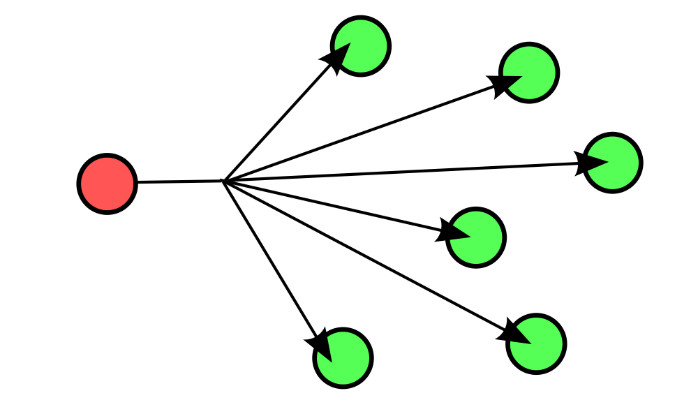
































In the vast world of network management, two important techniques stand out when it comes to maintaining order and preventing chaos: Traffic Suppression and Storm Control. These methods act as traffic police in the networking world, ensuring that data flows smoothly and disruptions are avoided. In this article, we will delve into the details of these techniques, explore their key differences, and understand their vital roles in network stability.
Traffic Suppression: Managing Data Flow
Imagine a busy highway where data packets are vehicles trying to reach their destinations. Traffic Suppression acts as the traffic controller, making sure that the flow of packets stays within manageable limits. Its main purpose is to control the rate of incoming and outgoing traffic on network interfaces. When the rate of incoming broadcast, multicast, or unknown unicast packets exceeds a set limit, Traffic Suppression steps in. It discards the excess packets and allows only those within the limit to continue. For example, let's consider traffic suppression for unknown unicast packets with a limit of 100 packets per second. This means that only 100 packets are allowed to pass within one second, and any extra packets are immediately discarded. If traffic suppression is configured for broadcast, multicast, or unknown unicast packets in the outbound direction, the switch takes a more drastic action – it blocks all packets of these types. This means that the interface won't forward any packets of this kind.
Storm Control: Managing Broadcast Storms
Now, let's shift our focus to Storm Control. This mechanism is specifically designed to control broadcast storms. Storm Control, like Traffic Suppression, deals with incoming traffic, particularly focusing on preventing broadcast storms. In simple terms, a broadcast storm occurs when the network is flooded with an excessive number of broadcast packets, causing congestion and network instability. Storm Control acts as the guardian against this chaos. It calculates the average rate of incoming packets, specifically unknown unicast packets, within a defined storm control interval. If this average rate exceeds an upper limit, Storm Control takes action, which can include blocking the packets on the interface or even shutting down the interface based on the configured penalty action. If an interface is blocked, it can be automatically unblocked when the rate of incoming packets falls below a lower limit. If the interface is shut down, manual intervention is required to bring it back online.
Choosing Between Traffic Suppression and Storm Control
It's important to note that for incoming packets of the same type on an interface, you can choose to configure either Traffic Suppression or Storm Control. The choice depends on your network's specific requirements and the nature of the traffic you are dealing with.
In conclusion, Traffic Suppression and Storm Control are essential tools in maintaining network stability and security. They address different aspects of network traffic and disruptions, ensuring that your data flows smoothly and your network remains strong.
Are you considering implementing Traffic Suppression or Storm Control in your network? Hi-Network.com is your trusted destination for networking solutions that can help you strengthen your network's stability and performance.
Explore Network Solutions at Hi-Network.com
Hi-Network.com is a well-known platform for networking products and solutions. Whether you need Traffic Suppression, Storm Control, or assistance with any other networking requirements, we have the expertise and products to support your networking journey.
Don't compromise on network stability. Take the proactive step to protect your network with Hi-Network.com. Visit our website today to find the right networking solutions for your needs.
 Hot Tags :
network
Hot Tags :
network